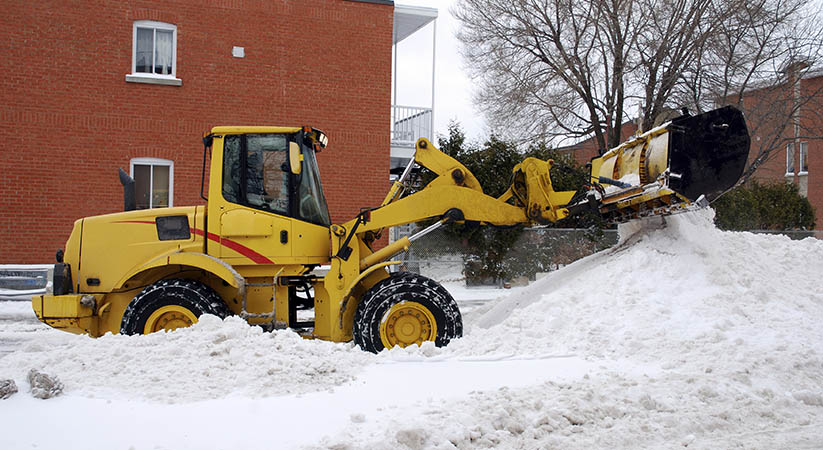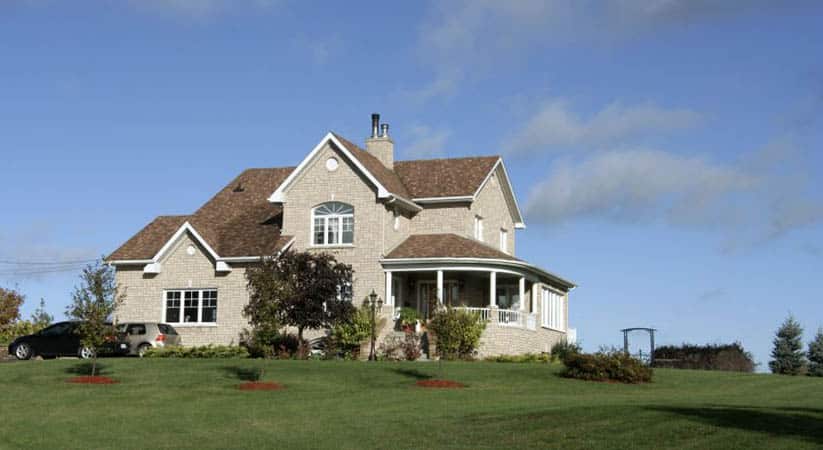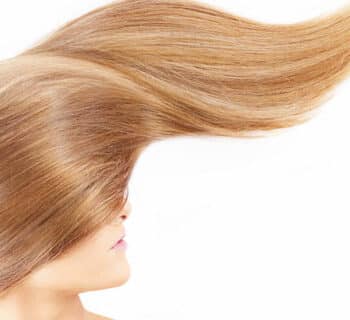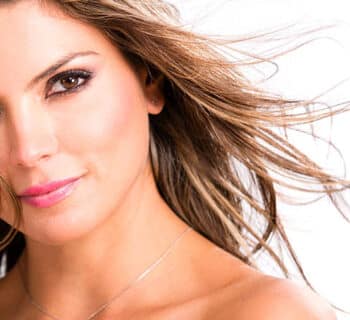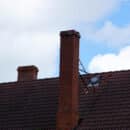In Japanese hair straightening, aftercare within the first 72 hours of the treatment is very crucial and is stressed upon by permanent hair straightening salons. You have to avoid moisture, pressure, and friction not only when you’re awake but also when you’re asleep.
Obviously, you’re unconscious in your sleep, so a substantial amount of care is required. Ahead I’ve mentioned some tips on how to sleep after Japanese hair straightening.
Use A Silk Pillowcase
Silk or satin is a very soft fabric, and it will allow significantly less friction between your hair and the pillow. So, you’ll not end up having frizzy hair in the morning. During the first 72 hours, putting pressure on your hair will give them creases and promote hair breakage. So, you cannot even wear sleep caps or toss them into a bun.
Therefore, using a silk pillowcase will be the best decision. Your hair won’t even crimp even if you move a lot in your sleep.
Keep Your Hair Down While Sleeping
For the first three days after the treatment, it is more than necessary to leave your hair straight. And while you’re asleep, it is not in your control to keep the hair straight. They might get tossed and folded under you. Also, the pressure will make them crimp and brittle. Hence, the best solution is to keep your hair down while you’re asleep.
Carefully hold your hair up and lay down, then leave your hair above the pillow. This way, they won’t have to experience pressure and friction at all.
Maintain Low Temperature In Your Room
During Japanese hair straightening, your hair is being treated with harsh chemicals and heat. So, your hair requires enough time for neutralizing and getting used to the chemicals. That’s why you need to take extra care as not to let your hair get wet, either with water or sweat.
Avoid shampooing your hair for the first three days after the treatment. Also, to avoid sweating your scalp while you’re asleep, keep your room temperature low. Or either turn on the fan. And if it’s winter, keep at least a window open in your room for proper ventilation.
Sleep On Your Back
This one tip is a bit hard to follow. But it is also helpful for some. If you’re someone who sleeps on their back, you can use this technique to save your hair then. Put your hair down straight beneath you and lay on your back. But, do not move, or else you’ll end up with creases and breakage.
You can put blankets and pillows around you for the safety part so that you won’t move in your sleep.
Make Parting Before You Lay Down
To save your recently treated hair from pressure and tangles, brush them before you lay down. It is noteworthy that you should only brush your hair gently with a wide-tooth comb. And then, separate the hair into two parts, laying them on either side of you.
Brush And Straighten Your Hair
No matter what technique you apply, it is not 100% guaranteed that your hair will not get crimps and creases. That’s why it is good to brush your hair as soon as you wake up. Always use a natural soft bristle brush.
And for additional protection, you can use a flat iron to straighten your hair after you wake up. But, keep the temperature low and use a ceramic flat iron only.
Blow Dry (If Necessary)
It is advised to keep your scalp as dry as possible after the treatment. Even you should avoid going to the gym or for swimming, or running. But, if, after all these cautions, your scalp manages to get sweaty. Then, you can use a blow dryer.
But, use a blow dryer only when necessary. A hairstylist advises you to use less heat on your hair after the treatment. Well, that’s because, after the thermal reconditioning, your hair gets weak and porous. So, to maintain their natural moisture, you must avoid heat tools.
Blow-dry while keeping its mouth down. So, the moisture is locked in the cuticle, and your hair won’t get dry. Moreover, Japanese hair straightening salons Rockville recommend using a hair protectant before using heat tools to provide extra protection to your hair.


